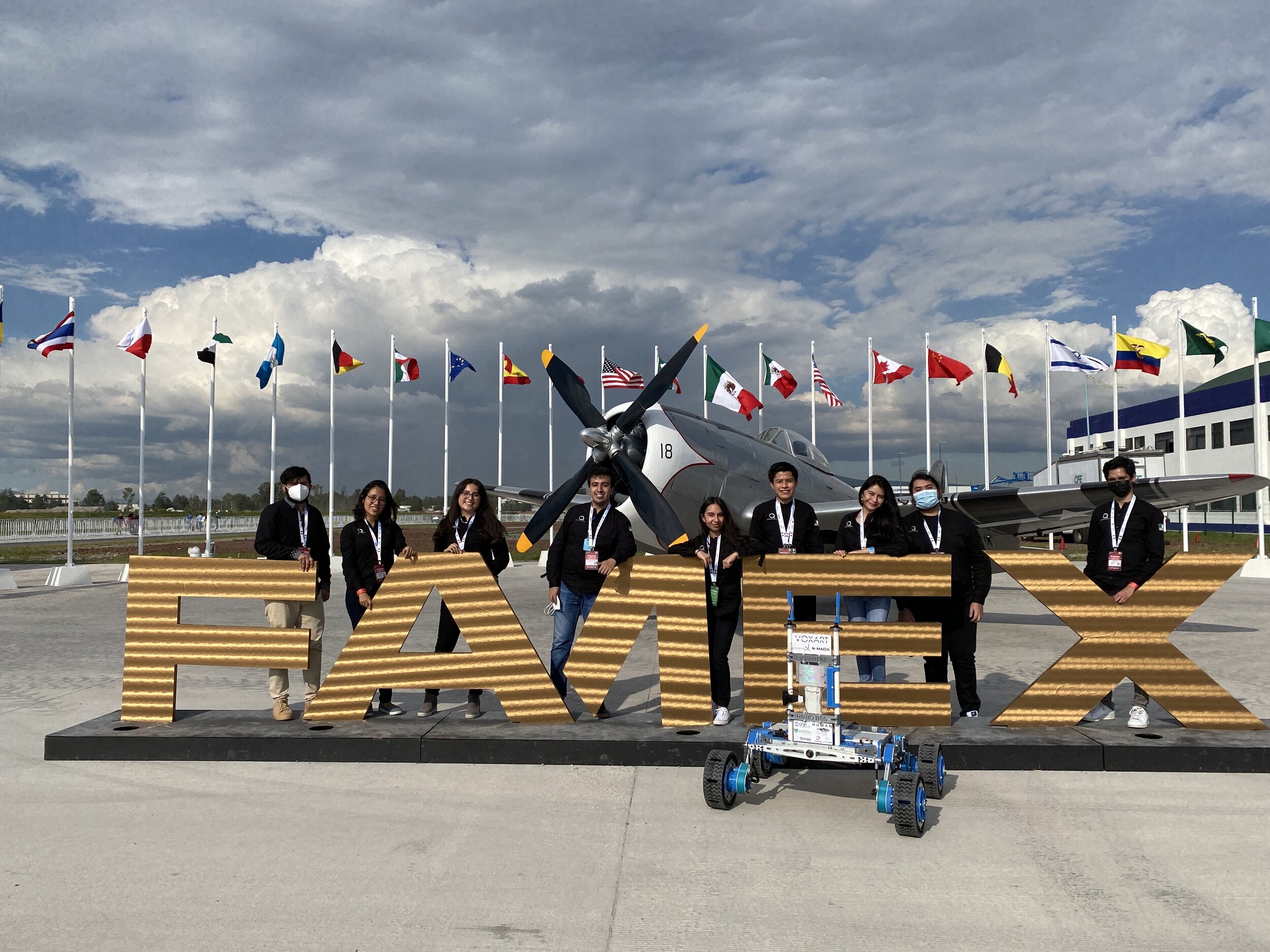Education becomes most comprehensive when it intersects with Arts and Humanities.
Education in the sciences is a pillar for developing skills in innovation, logic, problem-solving, research, collaboration, creativity, and other cognitive abilities necessary for the relevant development of students today. In previous articles, we have discussed the value of STEM education, potentializing projects, and the participation of girls and women in this sphere of knowledge.
The acronym “STEM” (Science, Technology, Engineering, and Mathematics) began to be used around the beginning of the 21st-century to refer to careers and curricula of the exact sciences. Recently, the letter “A” was added to the acronym to include the disciplines of the Arts. Commonly, reference is made to the “Arts and Sciences” in education and the Humanities. So, what does this addition mean for the STEM movement and education?
The integration of Arts and Sciences
The initial focus of the STEM movement and its associated skills development seemed comprehensive, but its weak spot was a sparse presence of the arts and humanities. This resulted in a diminution of funding destined for its various areas and the problem of a student community with few career options related to the arts.
Making room for arts and design brings benefits that enrich science-based education. In addition to the skills provided by a STEM education, the more inclusive STEAM opens the way to acquire instructional faculties trained in the arts and humanities. They enrich science specializations with dialog, argumentation, debate, critical thinking, assertive communication, and empathy.
The inclusion of arts also serves to present career and science programs more engagingly. It leverages the benefits of combining science and the arts when creating curricula and planning classes. The arts can be crucial to make the learning process more entertaining and light.
An example of a well-applied STEAM project
The Mexican Robotics team, Quantum Robotics, comprises 29 students from Tec de Monterrey and Instituto Politécnico Nacional (National Polytechnic Institute). Its students study in various areas of knowledge, including mechanics, electronics, programming, planning, life sciences, telecommunications, business management, time and resources, and public communications.
In previous articles, we highlighted students working together to build a robot capable of exploring the surface of Mars. Ro-verto, affectionately nicknamed by students, is an autonomous vehicle designed from scratch by students to participate in international competitions such as the Canadian International Rover Challenge and the University Rover Challenge 2022.
What is most striking about the impressive, passionately Mexican project is not its technical specifications but the creativity with which it was named. “Rover-to’ is the result of working together. Those of us who gave it life wanted to baptize our robot in homage to the Spanish language and Mexican culture,” Michelle Sánchez, co-founder and business leader for the team, explained in an interview with Forbes México. Sánchez, an alumnus of Tec de Monterrey, thanked the institution for the support to the team members, adding that each of them collaborates with attributes and skills vital for the project’s success.
An action as simple as naming an autonomous vehicle exemplifies the broadening of perspective when opening space for the arts and humanities in the exercise of science. The team’s participants were creative enough to find a way to infuse their Mexican culture into the tribute to the historical Rovers, which have been invaluable in the exploration and recovery of the Martian soil.
This type of detail distinguishes a project, keeps morale high, facilitates learning and collaboration, and calls broad attention to the intersection of the arts, humanities, and sciences. Recently the inter-university team participated in Aerospace Fair Mexico (FAMEX) 2021 to prepare for competitions like the University Rover Challenge 2022.
“The members of Quantum Robotics had a stand where they had the opportunity to present Rover-to and its mission to promote the activities #STEAM to Mexican children and young people,” said Elizabeth Toriz, a teacher and mentor of the students, in an interview with Observatory IFE. She added that conferences and courses for the dissemination of science are a fundamental part of the team’s development plan she supports.
Currently, Quantum Robotics is looking for sponsors to potentiate more projects such as Ro-verto. If you are interested in knowing more about how you can support the team, see the contact information on its webpage.
Have you heard of STEAM education before? What benefits do you think derive from integrating the arts and humanities into science training? Let us know in the comments.
Translation by Daniel Wetta.
This article from Observatory of the Institute for the Future of Education may be shared under the terms of the license CC BY-NC-SA 4.0 
)
)


)